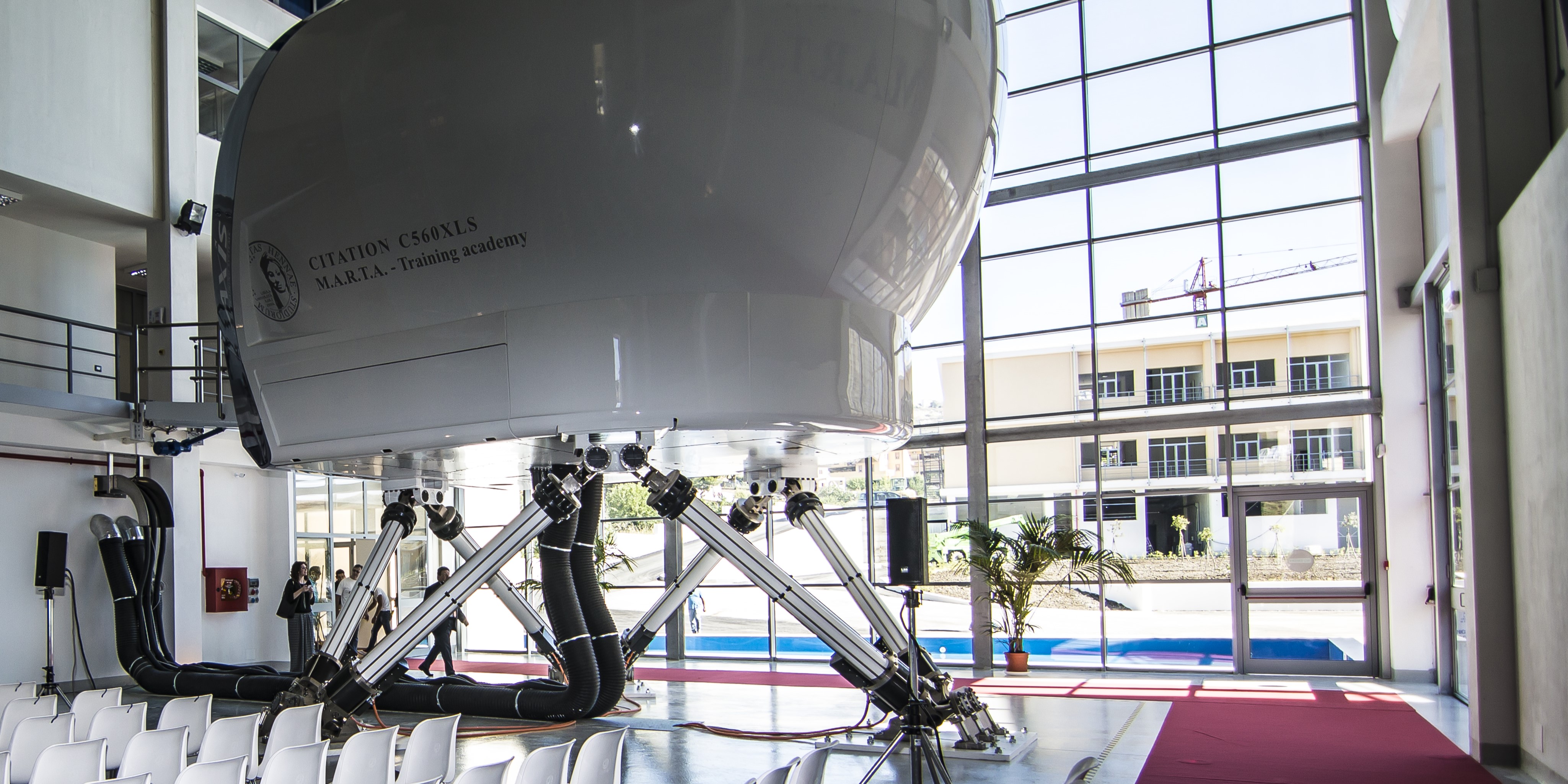
Prediction of impact damage and post-impact residual load-bearing capacity of NCF CFRP components
Please login to view abstract download link
Non-crimp fabrics (NCFs) are increasingly used in industry due to a combination of high mechanical properties and excellent manufacturability. Similarly to conventional unidirectional tape- and woven fabric-based materials, in-service impact damage, such as tool dropping or unintended collision, can be a cause for a severe reduction in the load-carrying capacity of NCF composites. Assessments of damage and residual load-bearing capacity of composite parts, regardless of the type of reinforcement, can be conducted using the integrated application of experimental destructive and non-destructive methods, which usually require considerable financial and time investments. Understandably, the availability of a simulation approach suitable for this purpose would provide significant cost savings and accelerate the decision-making when such assessments are required. While such processes are generally established for composites with conventional UD tape and fabric-based reinforcements, impact damage modeling in NCF structures and their post-damage behavior prediction using numerical simulation tools remains a challenge. This study focuses on evaluating existing material models available to the industry as part of commercial software and investigates its applicability to modeling both damage formation and prediction of the residual load-bearing capacity of damaged components made of NCF. In particular, the applicability of LS-DYNA’s *MAT_ENHANCED_ COMPOSITE_DAMAGE (MAT54) was studied. The following methodology was employed. First, the NCF material – a unidirectional non-crimp carbon fabric – was characterized using mechanical testing. Second, representative structural components – hollow CFRP tubes – were manufactured and subjected to two-phase loading. In the first phase, the damage was induced in the structural components, while in the second phase the residual load-bearing capacity of the damaged NCF tubes was measured by conducting four-point bending tests until failure. Third, both phases of the physical experiment were replicated in LS-DYNA with MAT54 representations of the NCF composite. As there is no reported experience of using MAT54 for modeling non-crimp fabric composites, the appropriate values of MAT54 “non-physical parameters” were determined via a comprehensive sensitivity study and calibration. Finally, the results of the physical and numerical experiments were compared, and conclusions were made regarding the applicability and the best practices.
